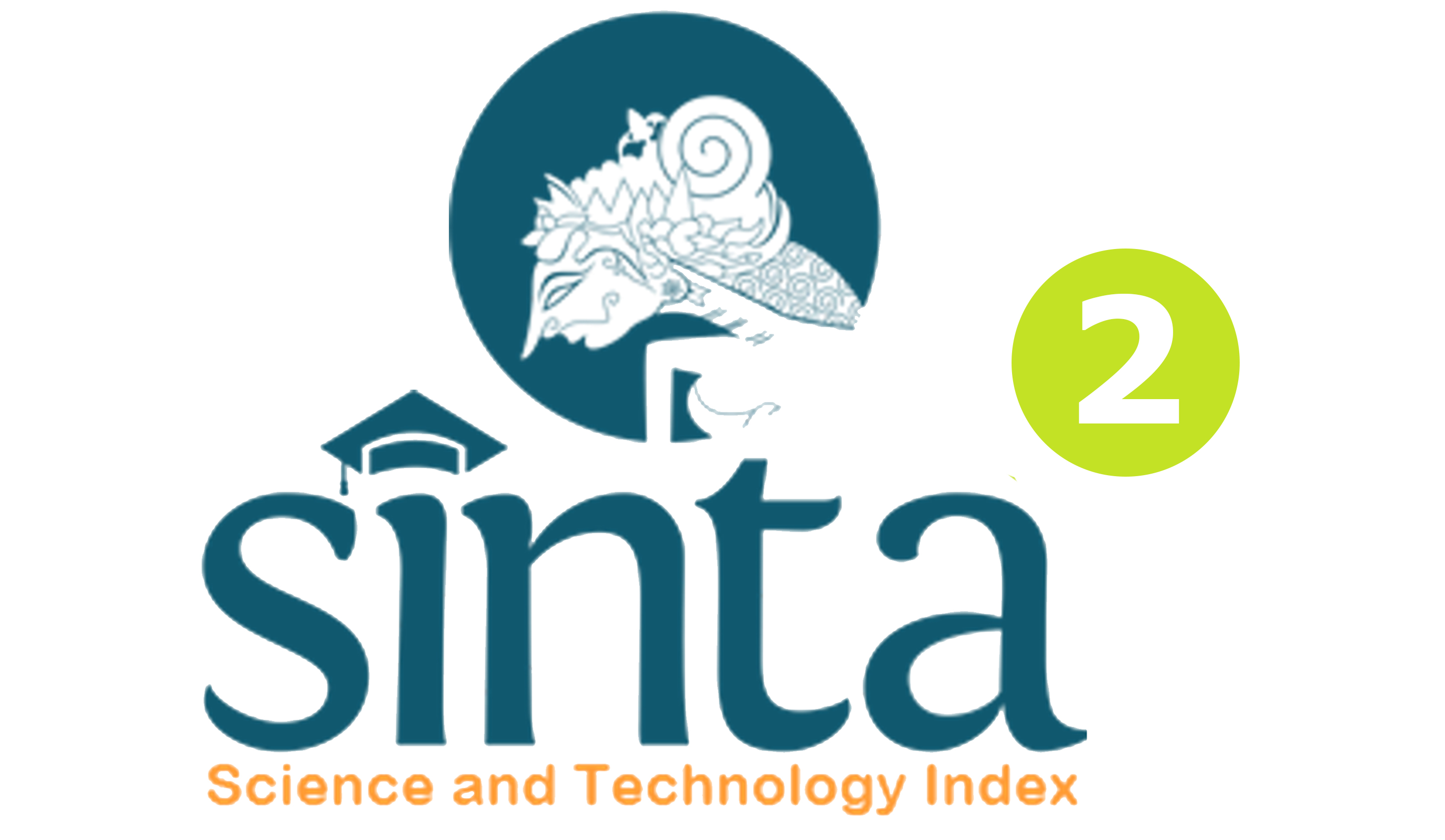Developing Self Aggression for Student: A Measurement Scale
DOI:
https://doi.org/10.23887/bisma.v4i2.27852Keywords:
Instrument Development, Self Aggression, Research & DevelopmentAbstract
The purpose of this development is to produce instruments of self-aggressiveness assessment instruments for students, valid and reliable. The method used is research and development is a research method used to produce certain products, and test the effectiveness of these products. The 4D model research and development model consists of 4 stages, namely; define, design, develop and disseminate. In this study, validation was carried out by 5 experts consisting of 3 Undiksha Counseling Postgraduate lecturers and 2 BK counselors. The results of the calculation of the CVR instrument of self-aggression with 30 statements get results more than 0 (> 0), which means 30 items are declared valid instruments. Furthermore, an analysis of CVI data with results of 0.58 or CVI of more than 0, then the questionnaire instrument was declared valid. After calculating the reliability value (r11) the self-aggressiveness instrument is 0.931 with a very high reliability category.References
Agbaria, Q., & Natur, N. (2018). The relationship between violence in the family and adolescents aggression: The mediator role of self-control, social support, religiosity, and well-being. Children and Youth Services Review, 91, 447–456. https://doi:10.1016/j.childyouth.2018.06.016
Armitage, C. J., & Rowe, R. (2017). Evidence that self-affirmation reduces relational aggression: A proof of concept trial. Psychology of Violence, 7(4), 489–497. https://doi.org/10.1037/vio0000062
Baghestani, A. R., Ahmadi, F., Tanha, A., & Meshkat, M. (2019). Bayesian Critical Values for Lawshe’s Content Validity Ratio. Measurement and Evaluation in Counseling and Development, 52(1), 69–73. https://doi.org/10.1080/07481756.2017.1308227
Blakely-McClure, S. J., & Ostrov, J. M. (2016). Relational Aggression, Victimization and Self-Concept: Testing Pathways from Middle Childhood to Adolescence. Journal of Youth and Adolescence, 45(2), 376–390. https://doi.org/10.1007/s10964-015-0357-2
Dharsana, K. (2015). RPBK Seri 1 Bimbingan Klasikal, Bimbingan Kelompok, KonselingKelompok, Konseling Individu Untuk Pengembangan Variabel Terikat Bakat Verbal. Singaraja: BK FIP Undiksha. Retrieved from https://scholar.google.co.id/scholar?cites=1987094436778596547&as_sdt=2005&sciodt=0,5&hl=id
Dharsana, I Ketut. (2015). RPBK Untuk Pengembangan Variabel Terikat Self-3 (Nurturance, Change, Endurance, Heterosexuality, & Aggresion). Singaraja: Undiksha Press.
Hart, W., Richardson, K., & Breeden, C. J. (2019). An interactive model of narcissism, self-esteem, and provocation extent on aggression. Personality and Individual Differences, 145(January 2020), 112–118. https://doi.org/10.1016/j.paid.2019.03.032
I Ketut Dharsana, I. K., Dharsana, I. K., Nugraha Sudarsana, G., Ketut Suarni, N., Eka Paramartha, W., Tirka, I. W., & Satya Gita Rismawan, K. (2019). Cognitive Counseling with Reframing Techniques to Intervene in Self Aggression. 382(Icet), 62–64. https://doi.org/10.2991/icet-19.2019.15
Krathwohl, D. R. ed. Et al. 1961. Taxonomy of Educational Objectives: Handbook II, Affective Domain. New York: David McKay.
Lawshe, C. H. (1975). a Quantitative Approach To Content Validity. Personnel Psychology, 28(4), 563–575. https://doi.org/10.1111/j.1744-6570.1975.tb01393.x
Osgood, J. M., & Muraven, M. (2016). Does counting to ten increase or decrease aggression? The role of state self-control (ego-depletion) and consequences. Journal of Applied Social Psychology, 46(2), 105–113. https://doi.org/10.1111/jasp.12334
Progovac, L., & Benítez-Burraco, A. (2019). From Physical Aggression to Verbal Behavior: Language Evolution and Self-Domestication Feedback Loop. Frontiers in Psychology, 10(December). https://doi.org/10.3389/fpsyg.2019.02807
Rieffe, C., Broekhof, E., Kouwenberg, M., Faber, J., Tsutsui, M. M., & Güroğlu, B. (2016). Disentangling proactive and reactive aggression in children using self-report. European Journal of Developmental Psychology, 13(4), 439–451. https://doi.org/10.1080/17405629.2015.1109506
Savage, M. W., & Tokunaga, R. S. (2017). Moving toward a theory: Testing an integrated model of cyberbullying perpetration, aggression, social skills, and Internet self-efficacy. Computers in Human Behavior, 71(February 2017), 353–361. https://doi.org/10.1016/j.chb.2017.02.016
Setiawan. 2008. Prinsip-Prinsip Penilaian Pembelajaran Matematika. PPTK Matematika Yogyakarta : Yogyakarta. Thiagarajan, S., Semmel, D. S., & Semmel, M. I. (1974). Instructional development for training teachers of exceptional children. https://eric.ed.gov/?id=ED090725
Shelley Taylor, Letilia anne Palau, 2009. Psikologi Sosial Edisi ke-12, Prenada media Group, Jakarta.
Suharnan, *. (2014). Pengembangan Skala Kemandirian. Persona:Jurnal Psikologi Indonesia, 1(2). https://doi.org/10.30996/persona.v1i2.26
Tarigan, P. B. (2013). Pengembangan Instrumen Penilaian Sikap dan Karakter Siswa Pada Mata Pelajaran Matematika. Journal of Chemical Information and Modeling, 53(9), 1689–1699. https://doi.org/10.1017/CBO9781107415324.004
Van Lange, P. A. M., Rinderu, M. I., & Bushman, B. J. (2017). Aggression and violence around the world: A model of CLimate, Aggression, and Self-control in Humans (CLASH). Behavioral and Brain Sciences, 40(September). https://doi.org/10.1017/S0140525X16000406
Veiga Simão, A. M. V. da, Ferreira, P., Francisco, S. M., Paulino, P., & de Souza, S. B. (2018). Cyberbullying: Shaping the use of verbal aggression through normative moral beliefs and self-efficacy. New Media and Society, 20(12), 4787–4806. https://doi.org/10.1177/1461444818784870
Velotti, P., Garofalo, C., Bottazzi, F., & Caretti, V. (2017). Faces of Shame: Implications for Self-Esteem, Emotion Regulation, Aggression, and Well-Being. Journal of Psychology: Interdisciplinary and Applied, 151(2), 171–184. https://doi.org/10.1080/00223980.2016.1248809
Wardhani, S. (2010). Instrumen Penilaian Hasil Belajar Matematika/Sri Wardhani/ Widyaiswara PPPPTK Matematika Yogyakarta/2010. Diklat Guru Pemandu/Guru Inti/Pengembang Matematika Smp Jenjang Dasar Tahun 2010, 1–35.
Widoyoko, Eko P. 2014. Teknik Penyusunan Instrumen Penelitian. Pustaka Pelajar. Yogyakarta.
Yang, Y., Yang, Z., Bao, T., Liu, Y., & Passmore, H. A. (2016). Elicited Awe Decreases Aggression. Journal of Pacific Rim Psychology, 10, 1–13. https://doi.org/10.1017/prp.2016.8









